Making use of a projector in daylight can be challenging due to the potential for washed-out or dim images. However, it is possible to find projectors that work in daylight, both indoors and outdoors. To achieve good results, it is important to consider factors such as brightness and contrast ratio, in this article we are going to give the best 3 Projectors to Use in Daylight.
Table of Contents
Factors To Consider For A Daylight Projector
- Brightness: Look for a projector with a high lumens rating, as this will allow the image to be seen more clearly in a brightly lit room.
- Contrast ratio: A high contrast ratio will help to make the image more vibrant and lifelike, even in daylight.
- Picture quality: Look for a projector with a high resolution and good color accuracy to ensure that the image looks clear and crisp.
- Throw ratio: If you plan to use the projector at a distance from the screen, look for a projector with a long throw ratio. This will allow you to project a larger image from a greater distance.
To use a projector effectively in daylight, it is important to choose one with a high lumens rating. A projector with at least 3,000 lumens is typically recommended for bright environments. Some popular options for daylight use include:
There are many technical specifications to consider when choosing a projector, but for the purpose of using it in daylight, it is important to understand the role of lumens (brightness). A projector with a high lumens rating is better equipped to handle bright environments and will produce clearer, more vibrant images. It is important to consider lumens when selecting a projector for use in daylight.
Do Projectors Work in Daylight?
Projectors can be a cost-effective way to get a large screen, but their brightness can be an issue when using them in daylight or outdoors. To get the best performance in bright environments, it is important to choose a projector with a high lumens rating.
Televisions like the Samsung 65” Q60 Series(On Amazon) have built-in backlighting systems that help to keep the picture bright in all lighting conditions. Projectors, on the other hand, do not have this feature and rely on external light sources to project an image onto a screen. This can make them less effective in bright environments compared to TVs. To improve projector performance in daylight, it is important to choose a projector with a high lumens rating.
Projector screens are designed to reflect the light from the projector, but they also reflect any other light present in the room. This can make it difficult to get a clear, bright image when using a projector in daylight or a room with a lot of ambient light. To improve the performance of a projector in these conditions, it is important to choose a projector with a high lumens rating and a high contrast ratio. Additionally, using a screen with a matte finish can help to reduce reflections from ambient light. Whether it’s an indoor screen like the HOIN 120” screen (on Amazon), or an outdoor inflatable screen like this VIVOHOME 14 ft. option (on Amazon).
High Lumens Rating, Contrast Ratio And Picture Quality
While it is possible to use a projector in daylight, it can be a challenge due to the reflection of ambient light on the screen. To achieve good results, it is important to choose a projector with a high lumens rating, as this will allow the image to be seen more clearly in a brightly lit room. In addition to a high lumens rating, it is also helpful to consider other factors such as contrast ratio and picture quality when selecting a projector for use in daylight.
How Many Lumens do You Need to Project in Daylight?
To ensure that a projector is suitable for use in daylight, it is important to consider its lumens rating. This refers to the amount of light emitted by the projector and can range from a few hundred for portable models to several thousand for more expensive options. For indoor daylight use, a projector with at least 3,000 lumens is recommended.
For outdoor use, a projector with a higher lumens rating of between 6,000 and 8,000 is typically necessary to produce clear, vibrant images. It is worth noting that projectors with higher lumens ratings tend to be more expensive, but they also offer improved picture quality and contrast.
The intensity of sunlight is significantly higher than the lumens rating of most projectors, which can make it challenging to use a projector effectively in daylight. The brightness of sunlight at the Earth’s surface is approximately 100,000 lux or lumens per square meter. This can vary depending on location and time of year, but it illustrates the point that a projector has to compete with a lot of ambient light when used in daylight or outdoors. To improve the performance of a projector in these conditions, it is important to choose a model with a high lumens rating and good contrast ratio.
The Best Projectors to Use in Daylight
Searching for an “outdoor projector” or “high lumens projector” on Amazon can yield a range of results, including options with high brightness ratings and low prices that may not be suitable for all use cases. It is important to carefully consider the specific needs and use cases for a projector before making a purchase.
Best Projector For Direct Daylight/Outdoor Use
1- ViewSonic PRO8530HDL
Lumens Projector – Projectors to Use in Daylight
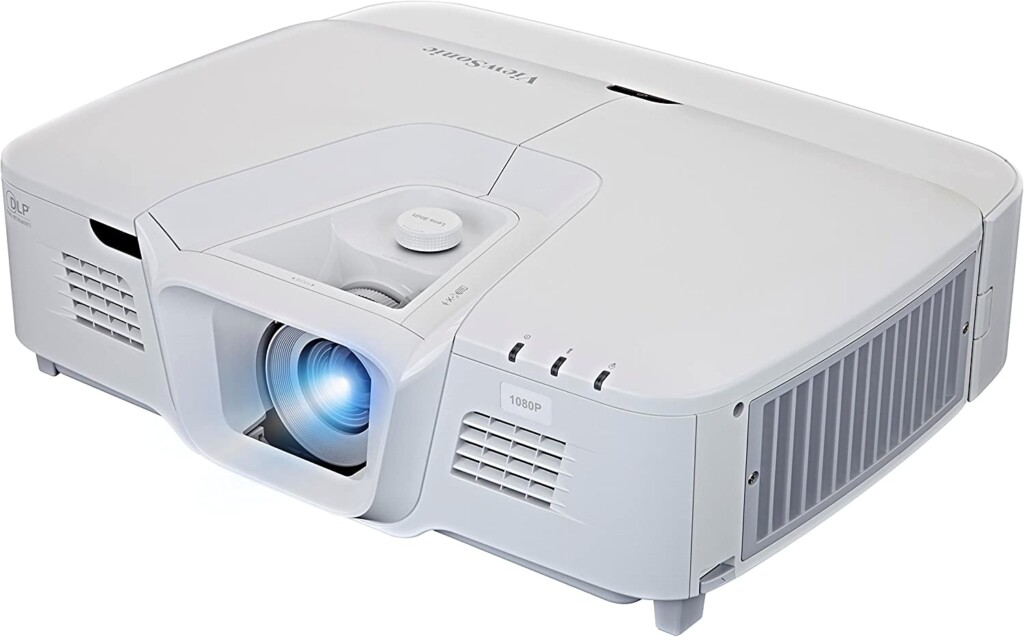
Presuming that you need to use a projector outdoors in direct sunlight, it is important to choose a model with a high lumens rating.
The ViewSonic PRO8530HDL 5200 Lumens 1080p Projector(On Amazon) is an example of a projector with a high brightness rating that is suitable for use in bright environments. However, it is worth noting that this type of performance comes at a higher cost due to the advanced hardware and bright lamp required. The high price point also means that lamp replacement costs may be higher in the long run.
Very Bright projectors Require Advanced Hardware And Specialized Lamps
While it is generally recommended to use a projector with a high lumens rating for outdoor viewing, it is important to note that as the brightness of a projector increases beyond 5,000 lumens, it may start to sacrifice other features. This is because very bright projectors often require advanced hardware and specialized lamps, which can result in a trade-off with other features such as color accuracy and contrast ratio. It is important to consider all relevant factors when selecting a projector for outdoor use.
As the brightness of a projector increases, it may start to sacrifice other features such as resolution and aspect ratio. For example, the Optoma X600 6000 Lumen Projector (On Amazon) and the Maxell 3LCD 7000 Lumen Projector (On Amazon) both have high brightness ratings but only offer 720p resolution and a 4:3 aspect ratio. These models are typically more expensive and are designed for use in large events or classrooms, where the higher resolution and aspect ratio of 1080p may not be as important. It is important to carefully consider the specific needs and use cases for a projector before making a purchase.
The ViewSonic PRO8530HDL 5200 Lumens 1080p Projector offers a good balance of price, performance, and picture quality for outdoor use. It is also suitable for use indoors and can produce high-quality images in both environments. This makes it a good choice for those who need a projector that can be used in a variety of lighting conditions.
Best Projectors For High Ambient Light/Indoor Use – Projectors to Use in Daylight
2- Optoma HZ39HDR
Lumens Projector – Projectors to Use in Daylight
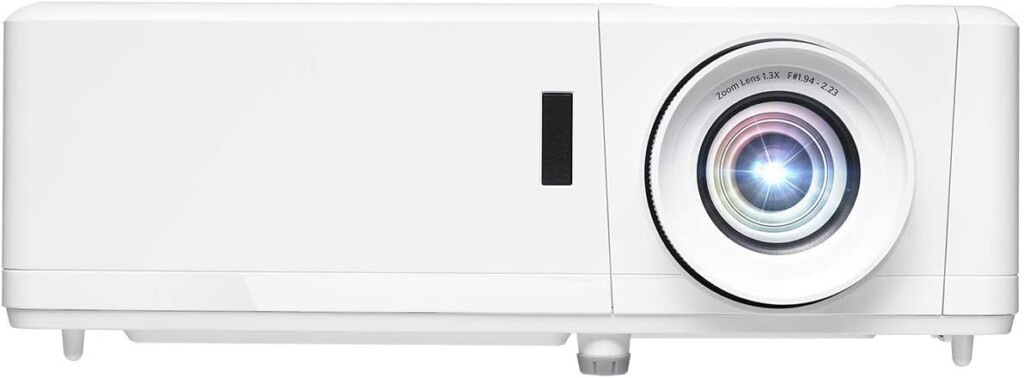
Optoma HZ39HDR Laser Home Theater Projector is a good choice for use in a well-lit indoor space, as it has a higher than average lumens rating of 4,000. This can help to produce clear, vibrant images in bright environments. The projector is also suitable for use in dark spaces and can produce impressive images thanks to its high brightness. If you are concerned about ambient light in your home theater or living room, this projector is a good option to consider.
In addition to its high lumens rating, the Optoma HZ39HDR Laser Home Theater Projector has a 120Hz refresh rate and an 8.4ms response time, which can improve the performance of the projector for gaming and other high-speed applications. These features may be particularly beneficial for those who want to create an immersive home theater experience with HDR content.
It is important to note that the Optoma HZ39HDR Laser Home Theater Projector has a 1080p resolution, even though it is marketed as having “4k input.” This means that it is not capable of displaying 4k content, although it can accept a 4k image as input. If you want a projector with 4k resolution, you will need to consider a more expensive option. However, the Optoma HZ39HDR is a good choice for use in a well-lit indoor space, thanks to its high lumens rating and other features.
Best Budget-Friendly Projector for High Lumens – Projectors to Use in Daylight
3- Optoma HD146X
Lumens Projector – Projectors to Use in Daylight

The projector: Optoma HD146X 3600 Lumens projector (On Amazon) is a good option for those who want a projector with a high lumens rating but do not need to use it in full outdoor daylight. It is marketed as a gaming projector and offers good value for its price. While it may not perform as well on very bright days, it is suitable for use in well-lit indoor environments, such as a living room with large windows.
The Optoma HD146X 3600 Lumens projector (On Amazon) is a budget-friendly option that offers a good balance of performance and functionality. While there are other models in the same brightness range that may offer additional features, they tend to be more expensive. For example, the ViewSonic 4k Projector with 3500 lumens is more expensive but has a higher resolution of 4k. The Optoma HD146X has a 1080p resolution, which may be sufficient for some users but may not be as suitable for those who require a higher resolution. It is important to carefully consider the specific needs and use cases for a projector before making a purchase.
It is important to keep in mind that while there may be budget-friendly projector options available that claim to have high brightness, they may not always offer the same performance as more expensive models. It is generally recommended to be cautious when considering very low-priced options, as they may not meet the same standards of quality as more expensive models. It may be worth considering a projector from a reputable brand or checking reviews before making a purchase. If you are looking for lower-priced projector options, it may be helpful to refer to our article on the best projectors at lower prices (Check the section: Buyers Guides).
How Many Lumens Do You Need for an Outdoor Projector at Night?
Whenever using a projector at night, ambient light is generally not a concern, making it easier to achieve a clear and vibrant image. In this case, a projector with fewer lumens may be sufficient.
Portable projectors with less than 1000 lumens may work well for nighttime use, but it may be advisable to opt for a projector with 2000-3000 lumens for a better picture quality. This brightness range is suitable for both indoor and outdoor use at night and may also work well in indoor environments with only mild ambient light coming in through windows. It is important to consider the specific needs and use cases for a projector before making a purchase.
How To Get Better Daylight Projector Performance?
When making use of a projector in a room with plenty of natural light can be challenging, as the brightness of the projector has to compete with the daylight coming in through the windows. One way to address this issue is to use a projector with a high-lumen output, as this will allow the projector to produce a brighter image that is more visible in daylight. However, if you don’t have the option of purchasing a new projector with a higher lumen output, there are some other strategies you can try to improve the visibility of your projector in daylight:
1st – Consider the Time of Day
Utilizing a projector during the day can be difficult due to the bright sunlight, especially when the sun is at its highest point in the sky. It is best to avoid using the projector during these times if possible, as the brightness of the sun will make it more challenging for the projector to produce a clear image. Instead, try scheduling your projector usage for times when the sun is not as bright, such as an early morning or late afternoon.
This will make it easier for the projector to produce a clear and visible image. Keep in mind that using a projector in a room with plenty of natural light will always be somewhat challenging, but by optimizing the time of day and using strategies such as adjusting the projector settings or using a screen designed for use in daylight, you can improve the visibility of your projector.
2nd – Make Sure the Screen is Ready
You want to get the best performance out of your projector? it is important to use a proper projector screen. A screen designed for projector use will reflect the projector’s light back to your eyes more effectively, making it easier to see the image. Using a white wall or a bedsheet may make it more difficult to manage brightness and can result in a less clear and vivid image. If you have the budget for it, consider investing in a higher-quality screen with better reflective properties.
It is also a good idea to keep the screen clean and free of dust, as a film of dust can scatter light and reduce brightness. By using a suitable projector screen and keeping it clean, you can improve the brightness and clarity of your projector’s image.
3rd – Block/Close Windows or Use a Shaded Area
In order to improve the visibility of your projector’s image, you can try managing the light in the room. If you are using the projector indoors, you can close the window shades or use other methods to block large sources of light. If you have large picture windows that cannot be completely blocked, you can consider using automated options like motorized blinds to cover them when you are using the projector. By reducing the amount of natural light coming into the room, you can make it easier for the projector to produce a clear and visible image. Check these: Yoolax motorized blinds (on Amazon).
For projectors to use in outdoors, the most effective way to reduce the impact of sunlight is to find some shade. Setting up your screen and projector under a tree or around the side of a building where there is some natural shade can help to improve the performance of the projector. If there are no shade options available, you can try to create your own shade by using an umbrella or other shading device. While it may be difficult to completely eliminate the impact of sunlight, finding or creating some shade can help to improve the visibility of the projector’s image.
How To Reduce sunlight’s impact on your outdoor projector?
To reduce the impact of sunlight on your outdoor projector setup, you can consider adding an awning or canopy to provide shade. Look for tents like the MasterCanopy Pop-Up Canopy Tent (also on Amazon) that you can set up your screen under. or pop-up canopy options that can be easily set up over your screen to block out some of the sunlight. This can make a significant difference in the visibility of the projector’s image, especially if there are no other options for shading.
Additionally, make sure to aim the screen away from the sun to minimize the amount of direct sunlight hitting the screen. By adding shade and positioning the screen properly, you can improve the performance of your outdoor projector setup.
When it comes to using a projector in daylight, the best option is to use a projector with a high-lumen output. This will allow the projector to produce a brighter image that is more visible in bright conditions. In addition to choosing a projector with a high-lumen output, there are several other strategies you can use to improve the visibility of your projector in daylight:
- Close the blinds or curtains to block out some of the natural light coming into the room.
- Use a screen specifically designed for use in daylight, which will reflect more light back toward the audience.
- Adjust the projector settings to optimize the brightness, contrast, and color saturation of the image.
- Use a presentation with high contrast (e.g., white text on a black background) to make it easier to read the content on the screen.
- Consider using ambient light-blocking glasses to reduce the impact of ambient light and improve contrast.
By following these tips, you should be able to get the best performance out of your projector in daylight conditions.



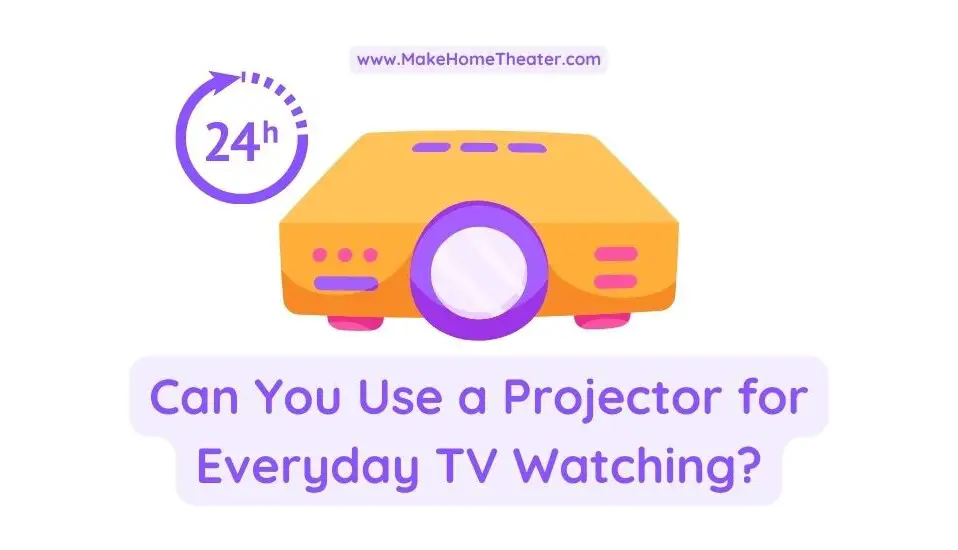
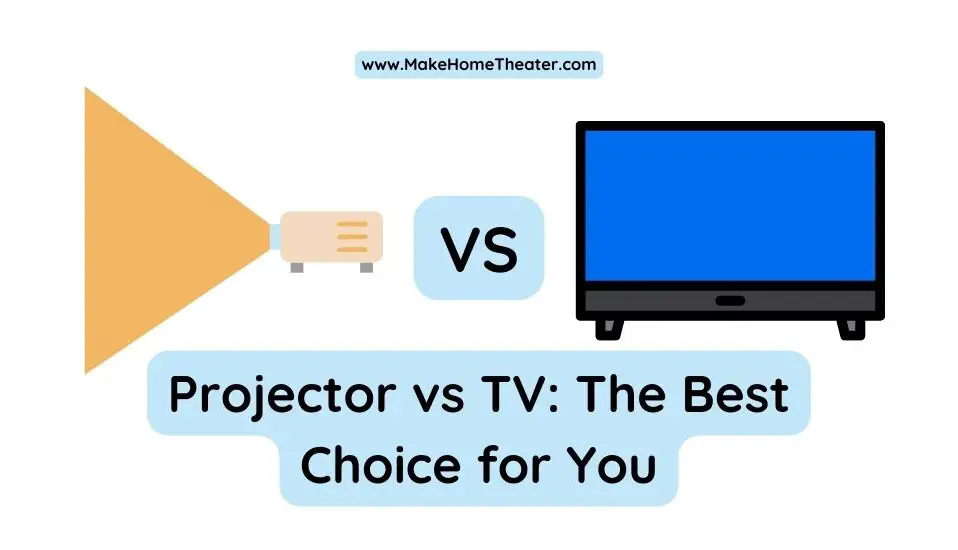
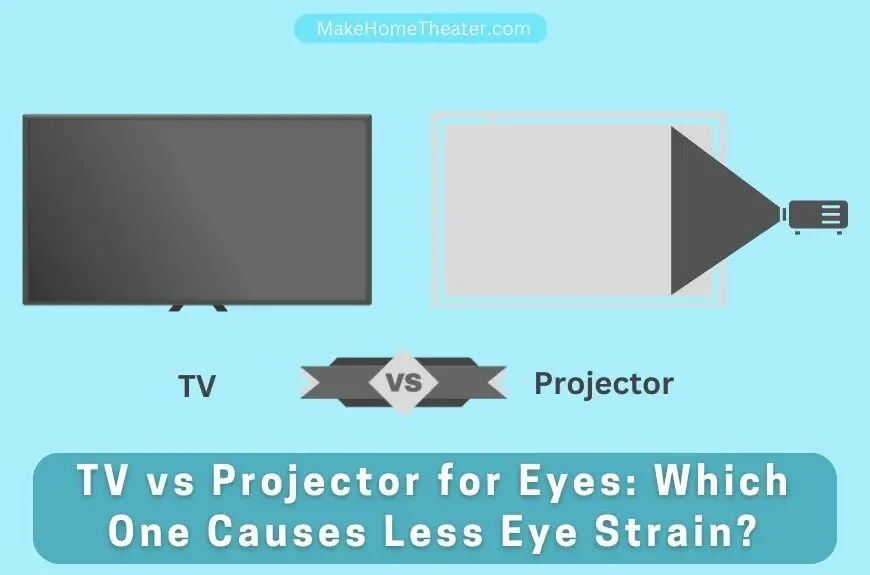



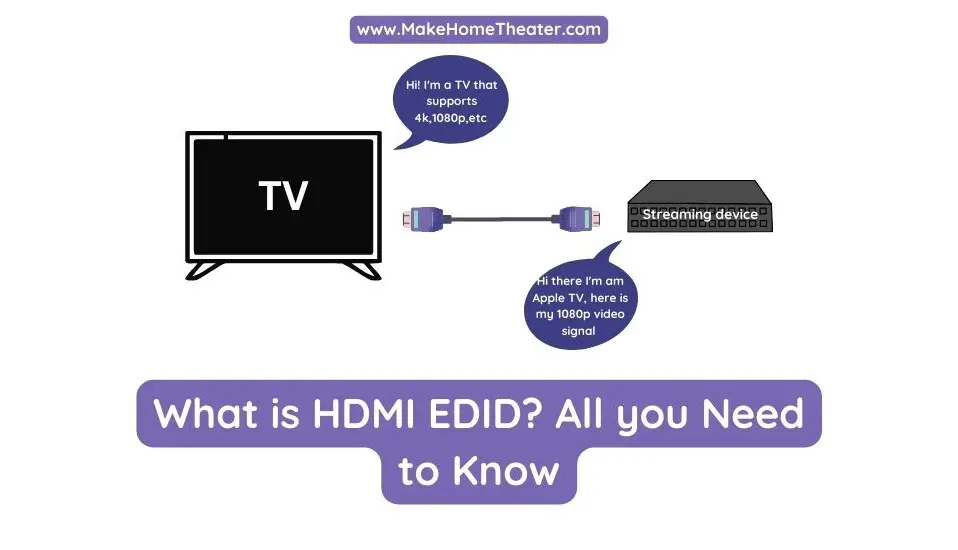
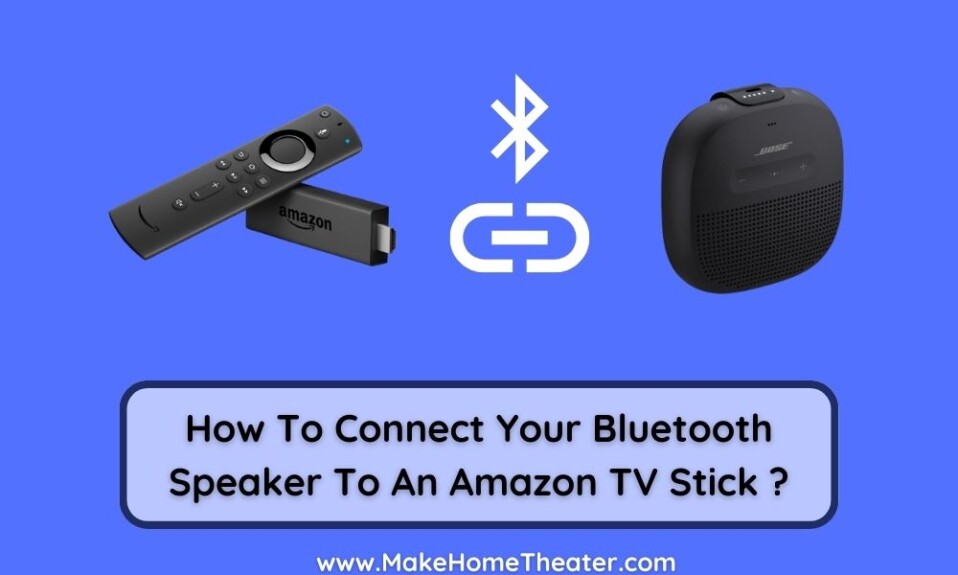
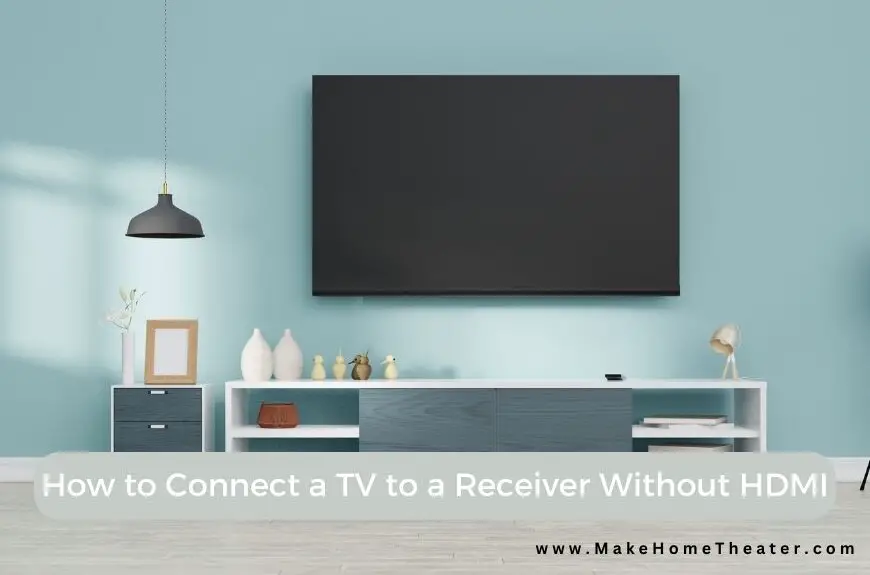
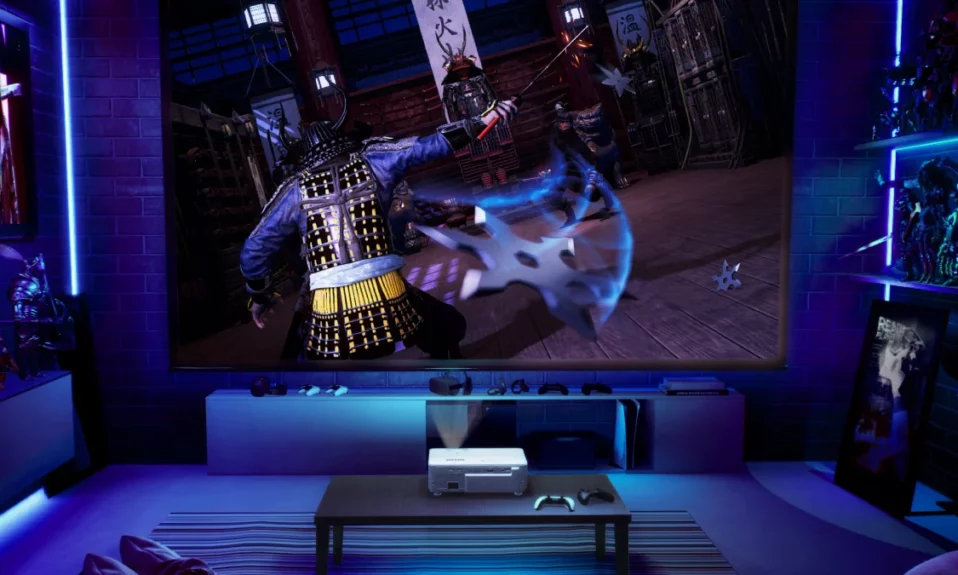
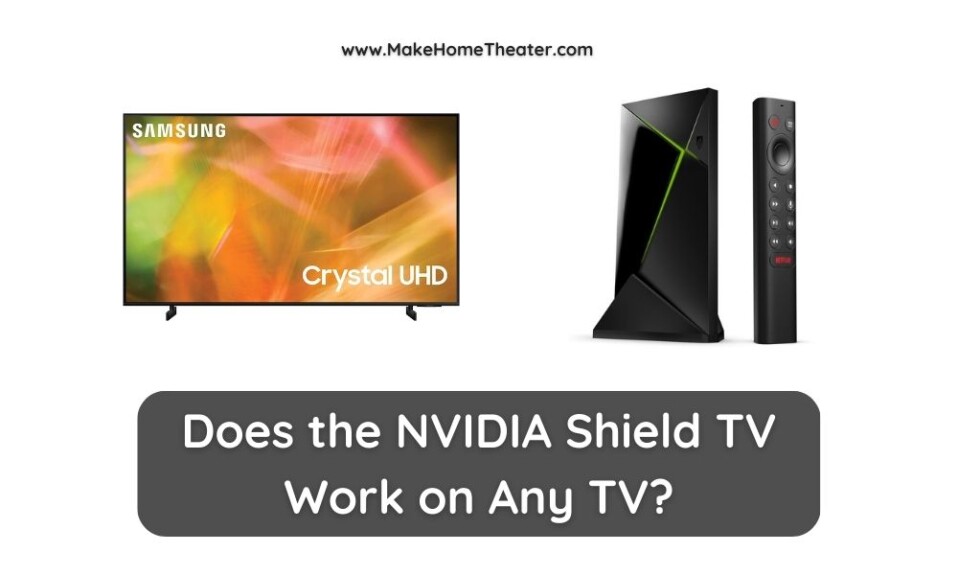
2 Comments